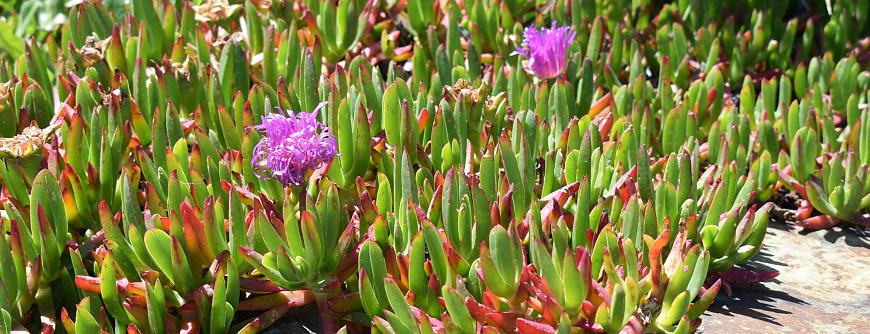Yinnar Community Garden - Bridging the Hungry Gap
We are now coming into the “Hungry Gap” season – at the start of spring when the annuals are still small seedlings. This is where perennial plants shine. Unlike annuals which die each year (so you have to rework the soil and replant), perennials will live on from year to year if you just harvest a small part of the plant at a time (such as picking a few leaves).
Permaculture strongly emphasises the importance of using perennial plants in our food production systems. Because annuals “live fast and die young” and need to produce large amounts of seeds to reproduce, they use very large amounts of available soil nutrients. They are also shallow rooted. On the other hand, perennials put out extensive root systems very deep into the soil, which allows them to access water and nutrients that cannot be reached by annual plants. Accordingly, they do not need large amounts of fertiliser. In nature, most of the plants on the planet are perennials, whereas approximately 80% of the world’s food crops are annuals. (Thanks to Angelo Eliades of Deep Green Permaculture for this info).
You can have a garden of annuals relatively cheaply by growing your own new plants from seeds or cuttings, and making your own compost and fertiliser (perhaps worm juice from a worm farm, or compost tea). The simpler option is growing perennials instead. The Yinnar Community Garden is currently transitioning away from annuals, to reduce the workload for our volunteers.
One of the perennials we have is French Sorrel, which has a lovely lemony flavour and adds zing to salads. If you have chickens, they will fight each other to win a sorrel leaf, which they will quickly run away with to savour in peace. The YCG also has the Australian Native Plant 'Carpobrotus rossi', Katwort (Pigface), whose succulent salty, edible leaves are good with fatty meats and were often chewed as an emergency food by the Gunai community (as noted in the book “Plants of Significance to the Gunai Community" by Rob de Souza-Daw, Ken Harris and Doris Paton). The purplish red fruit can also be eaten fresh or dried.

"Pigface"
Other perennial greens for temperate climates include garlic chives, samphire, and nine star broccoli. During the Hungry Gap, it is lovely to be able to walk into your garden and pick fresh greens to garnish your meals.
The next event at the YCG will be a Seedling Stall, on Saturday October 25. All seedlings and cuttings by donation. Your donation will go towards basics like insurance and garden supplies (the YCG receives no ongoing funding). We will have lots of old favourites, along with some possibly new discoveries. Try a Pepino aka perennial melon, Australian native food Warrigal Greens, or some heirloom tomatoes! All children under 12 will receive one free seedling of their choice.
Keep an eye on our Facebook page for updates, or become a member to receive email notifications.
For more information, please email yinnarcg@gmail.com
Caption: Katwort/Pigface growing at Cape Paterson.


